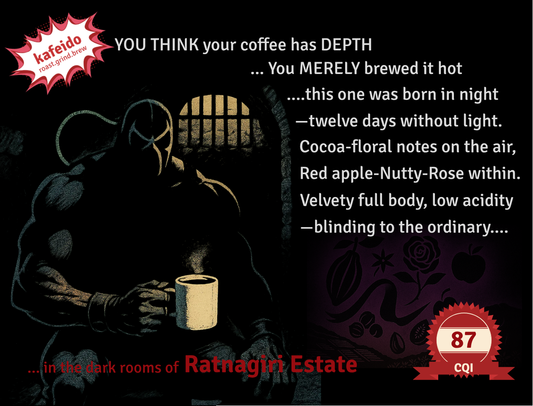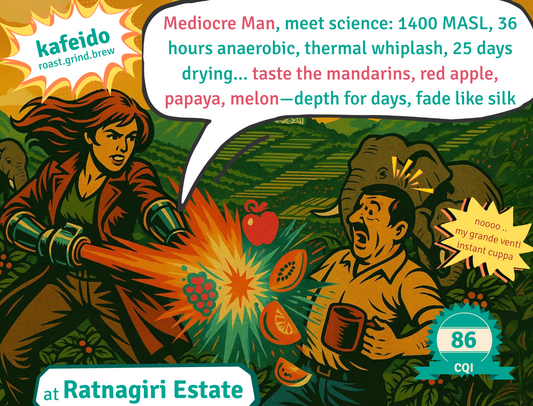
Difference between drip coffee and espresso
Share
Coffee is a popular beverage enjoyed by people all over the world, and there are many different ways to prepare it. Two common methods of preparing coffee are drip brewing and espresso. While these two methods may seem similar at first glance, there are actually many differences between them.
Drip brewing, also known as filter brewing, involves brewing coffee by dripping hot water over ground coffee beans contained in a filter. The water passes through the grounds and then collects in a carafe or pot, creating a batch of brewed coffee. Drip brewing is a relatively simple process that can be done with various equipment, including coffee makers, French presses, and pour-over devices.
Espresso, on the other hand, is a method of brewing coffee that involves forcing a small amount of hot water through finely-ground coffee beans at high pressure. This results in a concentrated shot of coffee that is rich in flavor and has a thick, creamy texture. Espresso is often used as the base for other coffee drinks, such as lattes, cappuccinos, and mochas.

One of the main differences between drip coffee and espresso is the brewing process. Drip brewing is a slower process that typically takes several minutes, while espresso is brewed almost instantly. Espresso also requires the use of specialized equipment, such as an espresso machine, which uses high pressure to extract the coffee.
Another difference between the two is the strength of the final product. Espresso is a much stronger and more concentrated form of coffee than drip coffee, as it is made with a smaller amount of water and a larger amount of coffee grounds. Drip coffee is generally weaker and has a more diluted flavor.
There are also differences in the type of beans used for each method. Espresso is typically made with a blend of darkly roasted beans, giving it a strong, rich flavor. Drip coffee can be made with various beans, including light, medium, and dark roasts.

Coming to the grind size, the size of the coffee grounds used for each method is also different. Espresso requires a very fine grind size, as the hot water is pushed through the grounds at high pressure and needs to extract as much flavor as possible quickly. Drip coffee, on the other hand, can be made with a variety of grind sizes, depending on the brewing method used. Coarser grinds are typically used for slower brewing methods like French press, while finer grinds are used for faster brewing methods like pour-over.
In terms of caffeine content, espresso generally has a higher caffeine content than drip coffee, as it is made with a smaller amount of water and a larger amount of coffee grounds. However, the exact caffeine content of each will depend on the beans used, the brewing method, and the serving size.
Talking about creaminess, espresso has a thick, creamy texture due to the high pressure used to extract it. Drip coffee, on the other hand, is generally smoother and less creamy.
In terms of serving size, espresso is typically served in smaller quantities than drip coffee. A single shot of espresso is usually about 30-60 ml, while a serving of drip coffee is typically 240-360 ml.
In terms of variety, there are many different types of drip coffee brewing methods and equipment available, each with its own unique characteristics. On the other hand, Espresso is a more standardized method of brewing, and there are fewer variations in the final product.
Overall, the main differences between drip coffee and espresso are the brewing process, strength, type of beans used, and serving size. Both methods have their own unique characteristics and can be enjoyed in their own right, depending on personal preference.




